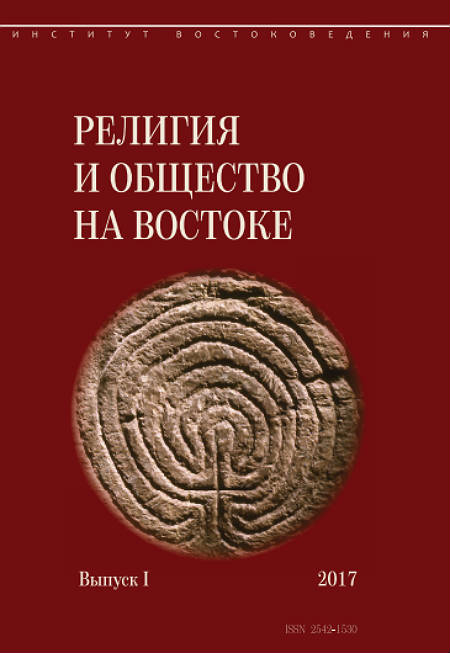Religion and Society in the East
The periodical of the Institute of Oriental Studies, Russian Academy of Sciences. ISSN 2542-1530
Issues
Russian Influence on Middle Eastern Church Affairs: 120 years ago
Religiia i obshchestvo na Vostoke, Issue IV (2020), p. 67-95.
DOI: 10.31696/2542–1530–2020–4–67–95
Several years before and after the onset of the 20th century became the “golden time” in the history of our country's foreign policy regarding Russian influence on church affairs in the Middle East. The author highlights the key points that make it possible to characterize that period in this way. Some obvious successes of foreign religious policy were manifested, in particular, in the sphere of lobbying the candidatures of Church hierarchs on the Orthodox throne of Antioch and even on Constantinople. An important milestone in the religious policy of the Russian Empire abroad was the success of the election in the spring of 1899 to the Antiochian patriarchal throne of the first Arab patriarch Meletius II Dumani. Soon the “russophile” party won the elections of the Patriarch of Constantinople, when in May 1901 Joachim III, famous for his alleged pro-Russian views, ascended the throne. Many years of ostracism followed towards the Antiochian Arab hierarchy (slowly strengthening) from the side of Greek hierarchies of the Patriarchates of Constantinople, Jerusalem and Alexandria. At the same time, the educational activity of the IOPS remained in the foreground of Russian influence, which would weaken only by the beginning of the First World War. The lack of church cadres for the Arab hierarchy of bishopric chairs of the Antioch Church and Russia’s participation in their preparation, the painful issue of confessional transitions in different regions, the connection of church affairs with international political competition in the Middle East, are considered by the author on the basis of archival documents. Russian diplomats closely monitored inter-confessional relations in the region, especially issues associated with the Orthodox community, apparently considering it to be partly their area of responsibility. This was due, among other things, to the rivalry of foreign missions “for souls” in the Middle East territories. The ups and downs of inter-religious relations and the distinct confessional protectionism of French, British, Italian, German and other Western diplomats are also reflected in the reports of the Russian consuls, who worthily defended the interests of the Russian Empire in the Middle East in the last years of the 19th and early 20th centuries. The turning to the topic of foreign religious politics in the historical dimension provides rich material for the analysis of both the positive consequences of such an influence and political miscalculations along this path. It also sheds light on many contemporary issues of inter-church interaction.
Keywords: foreign religious policy, external influence, church hierarchy, interfaith relations, Arab Christians, Orthodox Church, Middle East, Russian Empire, Ottoman Empire
Volume: 67-95

